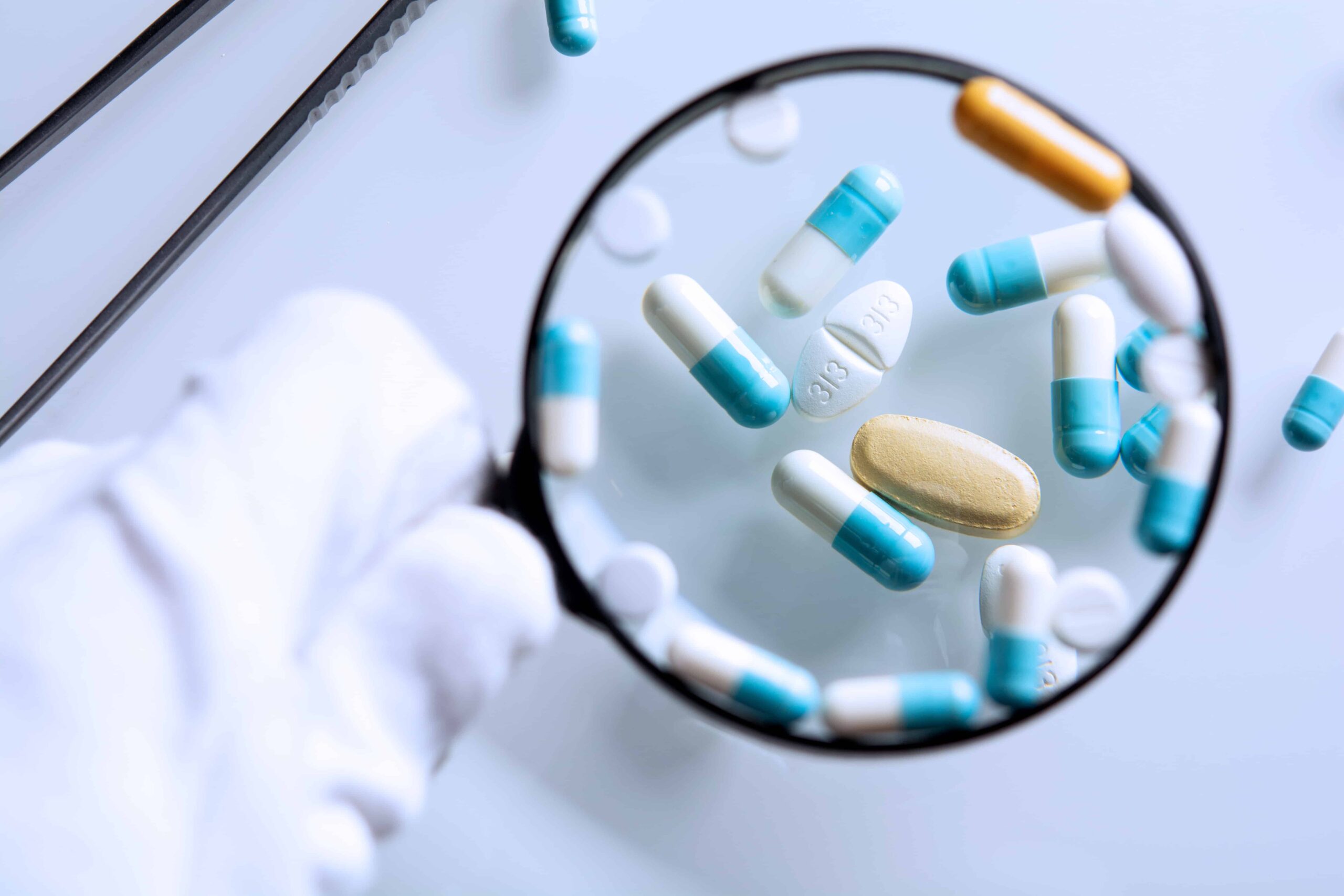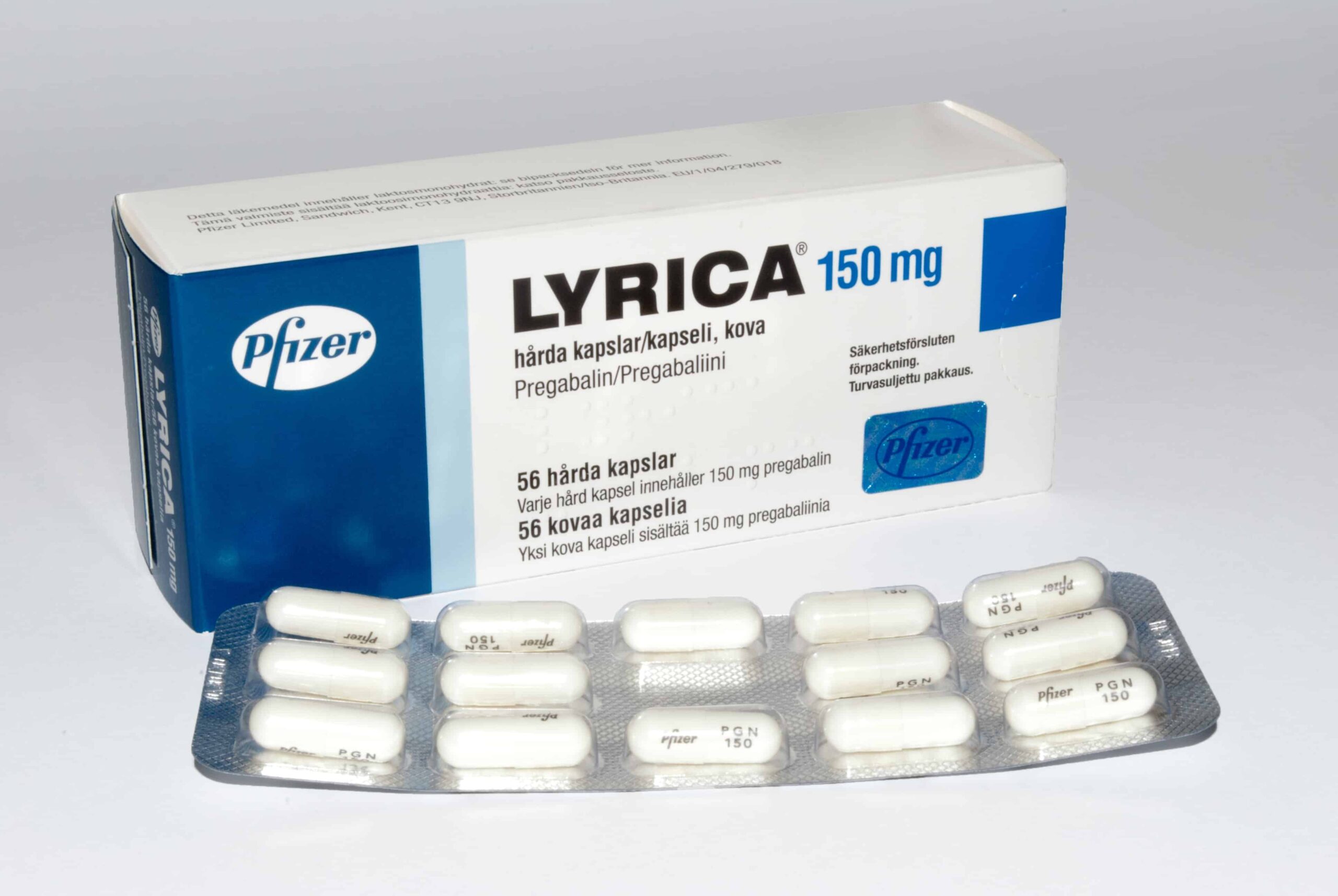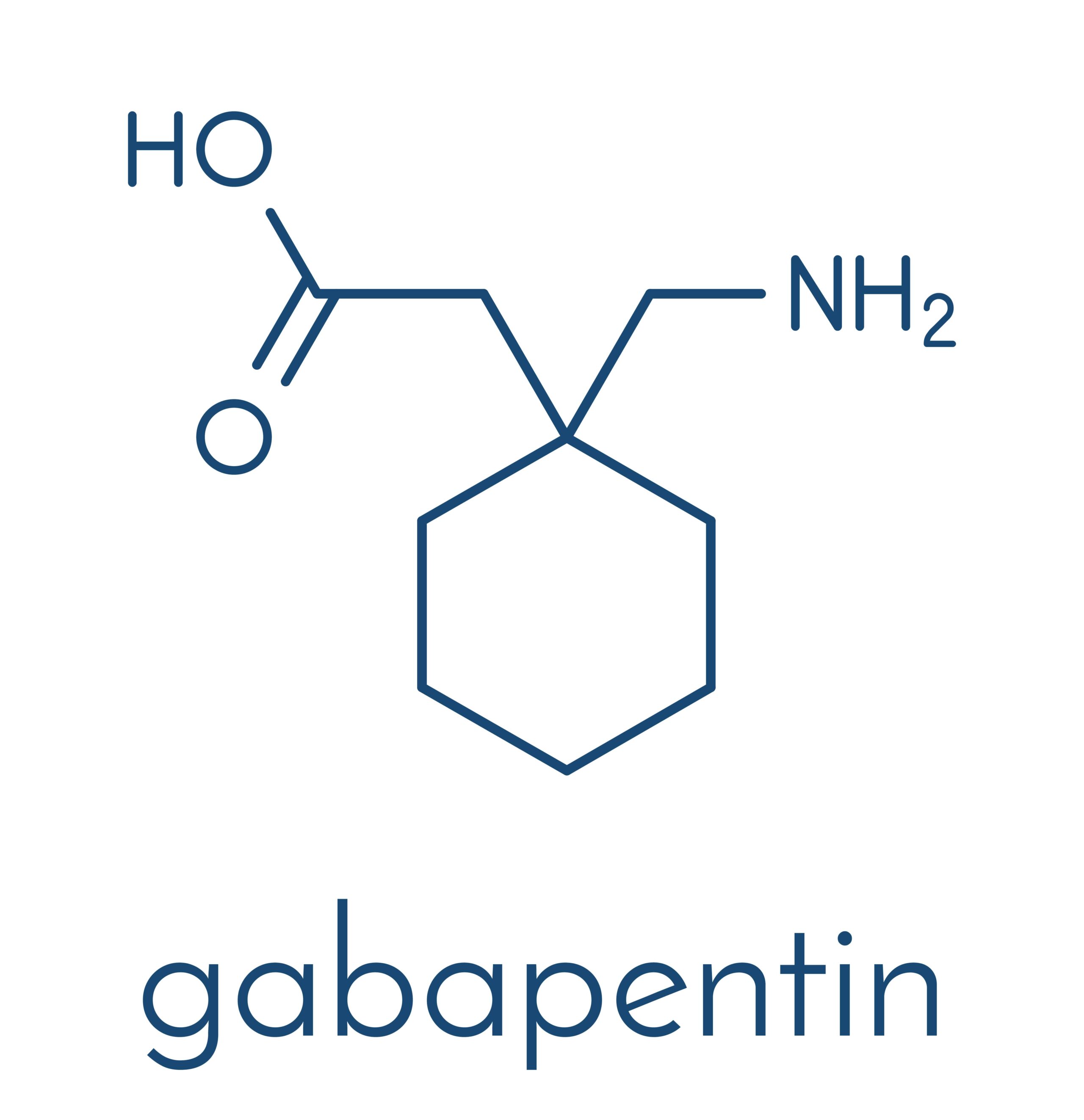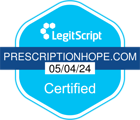Lyrica vs Gabapentin, Uses, Benefits, Side Effects – Complete Guide
Posted by undefined - See Editorial Guidelines (Last Updated On: Wed Apr 26 2023)
Sometimes it’s just hard to know the difference between drugs, let alone which ones are better for us, so here we’re looking to provide some accurate information on the differences between Lyrica and Gabapentin, and some guidance on which is better for you.
Throughout this of course, we must stress that your doctor should be consulted regarding any change or intentions you have regarding your current medication or your health in general.
So first, the quick answer, then we’ll get into some detail…
Which is better Lyrica or Gabapentin? Overall, Lyrica is better than Gabapentin. Although both these drugs are approved and give similar output, Lyrica has an additional system of absorption. This system of absorption enables the drug to be better transported and supports complete absorption more so than Gabapentin.

So why might we be considering this fact? …
The occurrence of peripheral neuropathy is estimated at about 2.4% of the population in the USA. 25% of the 14 million US population with diabetes experience roughly 25% of painful diabetic neuropathy. And as you might know, the drugs Pregabalin and Gabapentin are often considered first-line treatments for various neuropathic pain.
However, due to the close nature of similarities and differences between these two drugs, choosing one among the two can be confusing. So, this information will provide a complete guide on Lyrica Vs Gabapentin.

What Is Lyrica or Gabapentin Used For?
Lyrica is the brand name used for pregabalin. Lyrica is aimed at treating postherpetic neuralgia and partial onset seizures. This drug is also recommended for diabetic peripheral neuropathy and fibromyalgia and so has a broader scope of use.
The bioavailability of Lyrica is about 90%. Lyrica comes in an oral capsule with strengths of 25 mg, 50 mg, 75 mg, 100 mg, 150 mg, 200 mg, 225 mg, and 300 mg. Sometimes a 20 mg/mL oral solution is also formulated.
Gabapentin is also used for treating neuropathic pain. The bioavailability of this drug is less than 90% (less than that of Lyrica). They come in tablet and capsules with strengths of 100 mg, 300 mg, 400 mg, 600 mg, and 800 mg. The drug also has an oral solution available at 250 mg/5 ml.
| Lyrica Capsule Strength | Gabapentin Capsule Strength |
| 25 mg | 100 mg |
| 50 mg | 300 mg |
| 75 mg | 400 mg |
| 100 mg | 600 mg |
| 150 mg | 800 mg |
| 200 mg | Or – 250 mg/5 ml Oral Solution |
| 225 mg | |
| 300 mg | |
| Or – 20mg/ml Oral Solution |
Now that we know about available forms and strengths, let’s see how these drugs actually work.
How Do These Drugs Work?

Both Lyrica and Gabapentin are prescribed for anticonvulsant or antiepileptic medications. They’re structurally similar to the brain chemical (neurotransmitter) gamma-aminobutyric acid (GABA), which is the major inhibitory neurotransmitter in the central nervous system.
It has to be said that the exact mechanism or approach through which these drugs work is not that well understood.
But these drugs don’t show any action on GABA neuronal systems, as expected from both these drugs’ chemical structure. These drugs tend to bind voltage-gated calcium channels in the central nervous system (CNS). This binding helps in decreasing neurotransmitter release throughout the CNS.
With more medical terms explaining the process, how these drugs work can be confusing. Anyway, to make it simple for you, all that you might need to know is these drugs have similar mechanisms. Although not thoroughly understood, these drugs tend to give the same reaction to the pain and the curing process.
Now let’s get into much more detail on how these drugs actually coincide and differ from one another.

Major Differences Between Lyrica and Gabapentin
Lyrica is approved to treat seizures, post-herpetic neuralgia, and restless legs syndrome. Lyrica is also used to treat pain linked to diabetes (i.e. diabetic peripheral neuropathy) and pain associated with fibromyalgia.
Gabapentin is also used for the same purposes as Lyrica, but it’s also prescribed for many off-label uses such as insomnia, vertigo, itching of the skin, anxiety, bipolar disorder, menopausal conditions (i.e. hot flashes) and migraines.
One of the major difference between these two drugs is that Lyrica has been classified as a “controlled substance” by the Drug Enforcement Administration (DEA), whereas Gabapentin is not.
‘Lyrica is classified as a “controlled substance” by the Drug
Enforcement Administration (DEA), whereas Gabapentin is not’
For those unaware of “Controlled Substance”, it means that these drugs tend to have certain potential abuses and physiological dependence.

However, it is also important to remember despite this major difference Gabapentin has been reported with certain abuse. Some reviews on gabapentin misuse stated that the main reason people abused this drug was due to the fact that they ease opioid withdrawal symptoms, increase the effects of methadone and used to get high.
One study suggested that among the people with a prescription for Gabapentin, the abuse range increased from 40% to 65%.
Another major difference between these two drugs is the pharmacokinetic advantage. For those unaware of pharmacokinetics, it is a branch of pharmacology that describes the effect of a drug in the organism. This includes the processes of absorption, distribution, metabolism, and excretion of a drug by the body.
Among these two drugs, Lyrica tends to have some distinct pharmacokinetic advantages over gabapentin. This is because Lyrica is absorbed more rapidly than Gabapentin. This also supports peak blood plasma concentrations occurring within 1 hour.
Added to these benefits of Lyrica, even the bioavailability (the drug in a person’s system) of Lyrica remains the same irrespective of the dosage. In contrast, the bioavailability of Gabapentin reduces along with the dosage. Roughly the bioavailability of Gabapentin decreases from 60% to 33% when its dosage is increased per day from 900mg to 3600 mg.
The other significant difference between these two drugs is that Lyrica may be a more potent anticonvulsant and neuroleptic medication over Gabapentin.
This is because Lyrica is said to reduce the seizure frequency in patients much effectively (which could also be as a result of the pharmacokinetic advantage). Also, Lyrica is said to act more effectively in treating neuropathic pain than Gabapentin.
Now that we know the major differences between these two, let’s focus on the major similarities between these two as well.

Major Similarities Between Lyrica and Gabapentin
As mentioned above, the main similarity between these two drugs is that they’re both focused on treating neural and related pain. Another similarity of these two drugs is their distribution pattern where neither of these drugs is bound by any plasma proteins.
This has reduced the tendency of drug interactions due to protein building. Also, both these drugs have a similar volume of distribution and aqueous solubility. The volume of distribution is 0.8 L/kg for Gabapentin and 0.5 L/kg for Pregabalin.
Withdrawal Symptoms
In addition, the other significant similarities of these drugs are that they can lead to withdrawal. Withdrawal occurs when a person suddenly stops using the drug or reduces the drug dosage.
For you to get a better understanding of these withdrawal symptoms specific to each drug, below is a list.
Gabapentin withdrawal symptoms include:
- Drowsiness.
- Lack of control over muscle movements.
- Sweating
- Fatigue.
- Anxiety.
- Insomnia.
- Vomiting.
- Nausea.
- Dizziness.
- Pregabalin withdrawal symptoms include.
- Headaches.
- Anxiety.
- Diarrhea.
- Nausea.
- Sweating
- Sleep problems
Note: Lyrica dosage can be gradually discontinued over the course of at least one week to avoid withdrawals. However, only your prescribing physician will be able to identify the right time and dosages to stop using any specified drug.
If you have been misusing either of these drugs you have high risks of facing complicated withdrawals. In such a situation it is advisable for you to seek the help of a medical detox program or other medical professional guidance.
Now that we pretty much know the major similarities and differences, it can be a good time to see a breakdown of some common questions that many have when it comes to Lyrica Vs Gabapentin.
Let’s start with the most common question, the dosage.
What Is the Dosage of Lyrica vs Gabapentin?
Before starting up its important to remember the dosage of these drugs varies depending on the purpose for which is used. This means depending on the pain for which one uses Lyrica or Gabapentin, the recommended dosage differs. So, let’s dive more into this so we’re clear.
Lyrica Dosage Instructions
- Treating diabetic peripheral neuropathy: The initial dosage for treating peripheral neuropathy starts at 50 mg three times a day (150 mg/day). This dosage can be increased to a maximum of 100 mg 3 times daily (300mg/day). However, this maximum dosage is recommended to be increased after one week of the initial dosage (150mg/day).
- Treating postherpetic neuralgia: The initial dosage for treating postherpetic neuralgia is 75-150 mg twice daily or 50-100 mg three times daily. The dose may be increased to 100 mg 3 times daily (300 mg/day) after one week. If pain relief is inadequate after 2-4 weeks of treatment, the dose may be increased to 300 mg twice daily or 200 mg three times daily. However, doses greater than 300 mg cause more side effects.
- Treating neuropathic pain associated with spinal cord injury: The dosage for treating neuropathic pain associated with spinal cord injury begins at 75 mg two times a day and can increase up to 150 mg two times daily. However, the dosage is recommended to be increased only after one week if the response of the initial dosage (75 mg two times daily) is inadequate. And if the response of the dosage is still inadequate after 2-3 weeks, the dosage can increase up to 300 mg twice daily.
- Treating fibromyalgia: The dosage of treating fibromyalgia starts at 300-450 mg/day. The starting dosage is divided into 2 or 3 doses.
- Treating seizures: The recommended dose for treating seizures starts at 150-600 mg/day. This starting dosage is divided into 2 or 3 doses. This dosage can also be increased based on response and tolerability. This maximum dosage for treating seizures is 600 mg/day.
Gabapentin Dosage Instructions
- Treating postherpetic neuralgia: The recommended dose for treating postherpetic neuralgia starts at 1800 mg daily. This dosage is also divided into 3 doses.
- Treating seizures: The recommended dosage for treating seizures starts at 900-1800 mg/daily. This dosage is again divided into 3 doses.
The recommended dosage for treating neuropathic pain associated with spinal cord injury, diabetic peripheral neuropathy and fibromyalgia with Gabapentin is not exactly stated. However, it is generally accepted that the dosage level for such treatments is similar or close to Lyrica dosage instructions. Another similar dosage instruction is that both Lyrica and Gabapentin can be consumed with or without food.
Another important thing that has to be emphasized along with dosage instruction is that neither Lyrica nor Gabapentin has been validated by any studies on its safety for breastfeeding mothers. Although it is unsure if Lyrica is secreted in breast milk, Gabapentin is secreted in human breast milk.
On the other hand, using either Lyrica or Gabapentin while pregnant is recommended only if the benefits outweigh the unknown risk to the fetus. However, this again has not been studied or proven if it’s safe for pregnant mothers and so has to be taken upon doctors’ advice.
Next up, let’s look into the drug interactions between these two drugs and related risks.
What Drugs Interact With Lyrica vs. Gabapentin?
Lyrica Drug Interactions
- The sedative effects of Lyrica may increase along with alcohol and other drug interactions that cause sedation.
- The risks of weight gain, fluid retention, and heart failure can be caused by Lyrica interactions with Pioglitazone (Actos) and rosiglitazone (Avandia).
Gabapentin Drug Interactions
- The concentration of gabapentin in the blood is reduced by antacids. Therefore, it is recommended that gabapentin should be administered 2 hours or more after taking antacids.
- Morphine on the other hand significantly increases blood concentrations of gabapentin. This has the possibility to increase central nervous system-related adverse issues that are associated with gabapentin.
Finally, let’s look at the side effects specific to these two drugs – another common question many have.
Side Effects of Lyrica and Gabapentin
The side effects of these two drugs are similar most of the time. However, some studies have found that Lyrica comparatively has fewer side effects. Below are the side effects specific to each of these two drugs.
Side Effects of Gabapentin Include:
- Drowsiness.
- Poor coordination.
- Dizziness.
- Shaking.
- Fever.
- Ear pain.
- Shortness of breath.
- Headache.
- Rash.
- Flu-like symptoms.
- Red, itchy eyes.
- Swelling of the face, tongue, lips, or eyes.
- Weight gain.
Side Effects for Lyrica Include:
- Headache.
- Dry mouth.
- Blurred vision
- Back pain.
- Constipation.
- Increased appetite.
- Red, itchy eyes.
- Gas and bloating.
- Shortness of breath.
- Wheezing.
- Chest pain
So, as we reach the end, to summarize your reading we’ve added below a simple breakdown of Lyrica Vs Gabapentin on different features. we hope this helps!
Feature |
Lyrica |
Gabapentin |
| Prescribed For |
|
|
| Drug Classification |
|
|
| Side Effects Common for Both |
| |
| Generic Name | Pregabalin | Gabapentin is the generic name |
| Insurance Coverage | Differs according to the provider | Differs according to the provider |
| Dosage Forms | Oral capsule, solution, and tablet | Oral capsule, solution, and tablet |
| Average Price | $530 (per 60 tablets) (See Affordable option) | $104 (per 90 tablets) (See Affordable option) |
| Drug Interactions | Minor interactions | Significant interactions |
| Recommended usage while planning pregnancy, pregnant, or breastfeeding | Is in pregnancy category C. Advised to consult a physician regarding using Lyrica while pregnant or breastfeeding. | Is in pregnancy category C. Advised to consult a physician regarding using Lyrica while pregnant or breastfeeding. |

And Finally…
If you have any questions about how Prescription Hope can help you or if you would like to save money on Lyrica, Gabapentin or any other drugs that we offer, then visit our website here. If you’re having trouble affording any of the medications you’ve been prescribed, check out Prescription Hope’s medication access service page, or visit the enrollment page to create an account and fill out an application to start saving.

